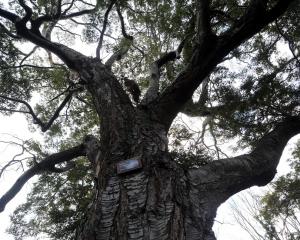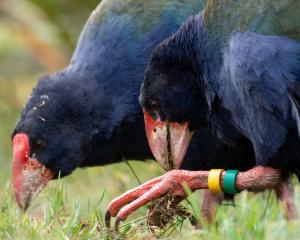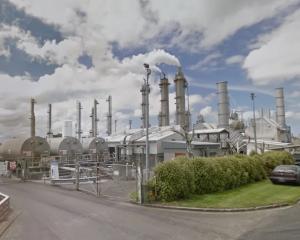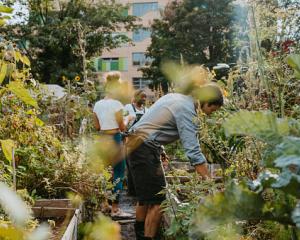

A Nature-based solutions is a broad term to cover ways of solving problems using nature. Within the context of climate change we’re thinking about using the fact that plants take carbon dioxide out of the atmosphere as a way of tackling climate change. Forests are particularly good, because of the large amount of carbon that is stored in wood as the trees grow. We can also help to reduce our vulnerability to climate change by managing the environment better - for example, we can reduce the risks of flooding by restoring wetlands that hold flood water back; forests can also help here in slowing the flow of water over the land and improving the infiltration of water into the soil. The great thing about nature-based solutions is that they are also good for biodiversity and can often meet a number of different objectives. For example, a forest can store carbon, reduce flood risk, provide opportunities for recreation, provide timber and provide a habitat for wildlife. They can also be cheaper than engineered solutions.
Q Do you see the connection between a system change approach here with using nature-based solutions? That is to say, by changing how we do things early in the piece through ecological restoration we avoid a whole host of problems further down the track, such as water loss, climate change, soil loss and species loss.
A Yes, although to be honest we’re already a long way down the track of ecological degradation in many parts of the world and this is causing a lot of problems — something like a fifth of greenhouse gas emissions are from deforestation and land degradation, as well loss of species, soil erosion and problems with water resources. The first priority has to be to protect our existing natural ecosystems, then we have to look at where we should restore them and where we need to take a more sustainable approach to agriculture, forestry and other land uses.
Q In your recent review of scientific literature you wrote ‘‘Pursuing mitigation objectives alone risks perverse outcomes that increase rather than reduce vulnerability’’. Can you give some examples?
A The examples we have given in our review are about planting trees in the wrong places. As you’ll gather I’m an enthusiast for forests, but there are places where we don’t want to plant trees. Many temperate peatlands do not naturally support extensive woodland cover: to grow trees you need to drain the peat, and this releases CO2, offsetting the value of any carbon taken up by tree growth and leading to a loss of distinctive peatland species. Another example is savannas, which are dry grasslands with scattered trees: planting additional trees into them can cause a host of problems, including taking scarce water resources, increasing fire risk and threatening native biodiversity.
Q What do you think have been the barriers to embracing ecosystem restoration as a primary way to combat climate change? And what gains could we expect if we restored 30% of our ecosystems, as the UN is suggesting in its draft report on biodiversity?
A We should firstly say that the biggest single source of greenhouse gas emissions remains fossil fuels and decarbonising our energy and transport systems is essential - ecosystem restoration doesn’t remove the need for this and it is right that this was and is the first priority. However, the contribution of ecosystems is also essential, and I think we are only now realising just how important they are and how many other benefits they provide for us, as well as being beautiful and wonderful in their own right. I think people grew used to treating the natural world as a resource to be exploited rather than a living system to be valued and maintained. Restoring ecosystems at a large scale would provide multiple benefits for people, as well as protecting species. We do also need to identify the places where we can sustainably grow food and produce timber: doing the right thing in the right place is important.











